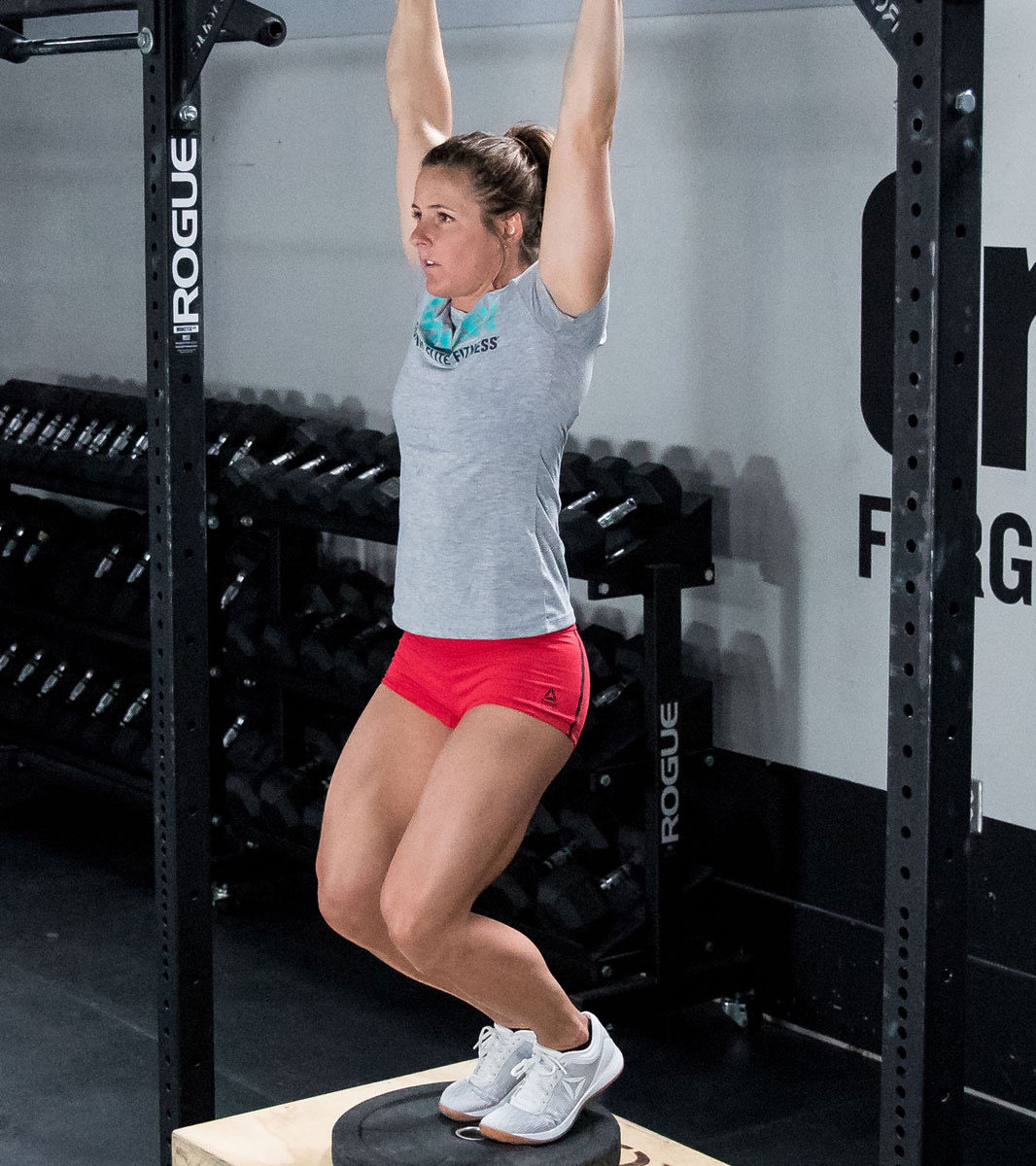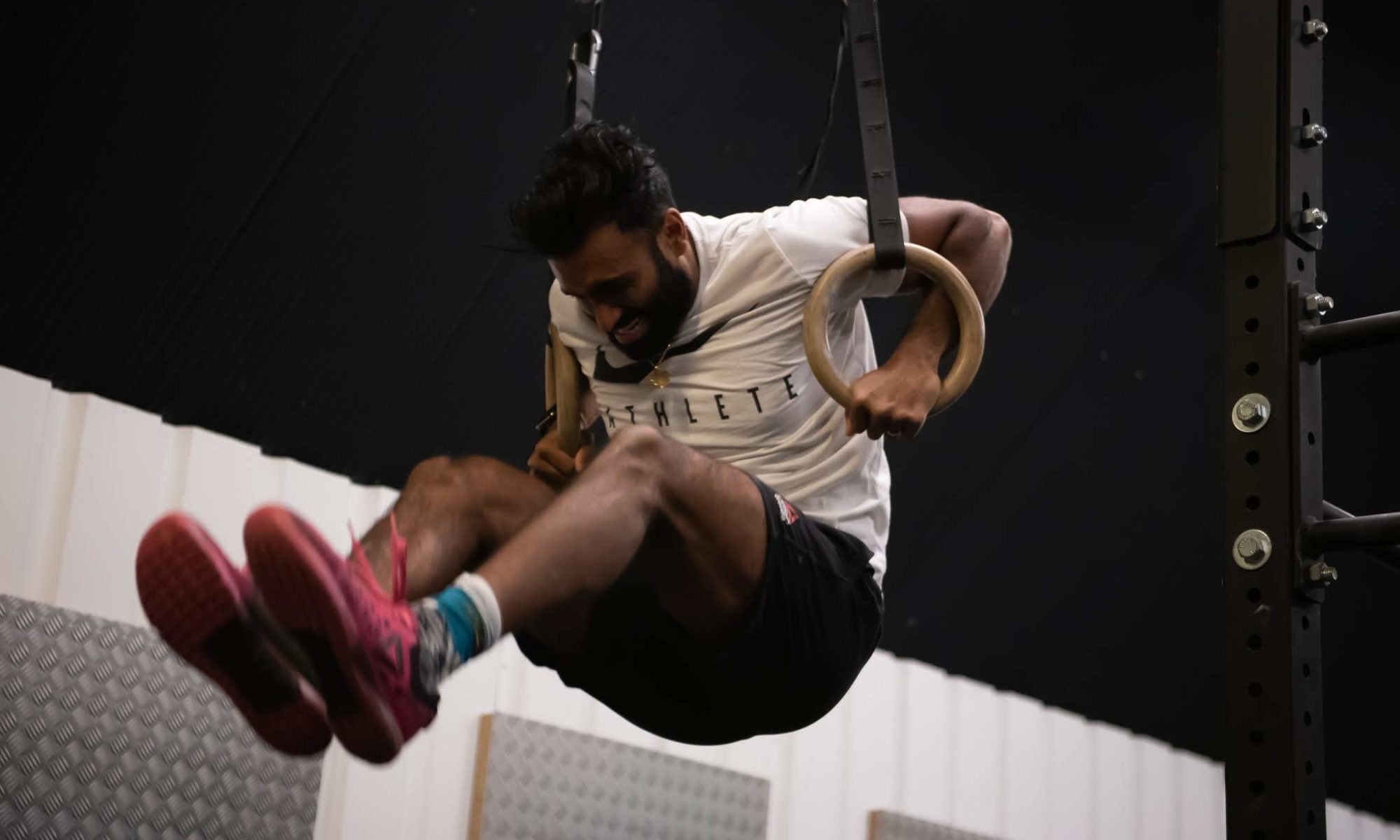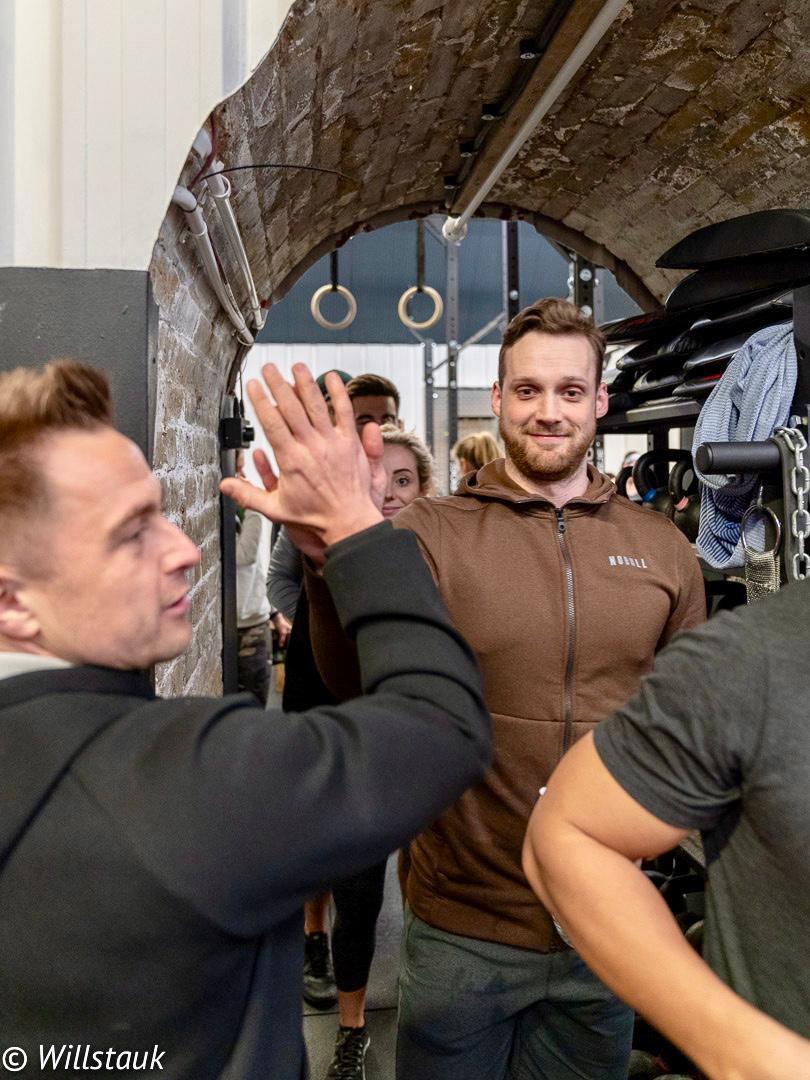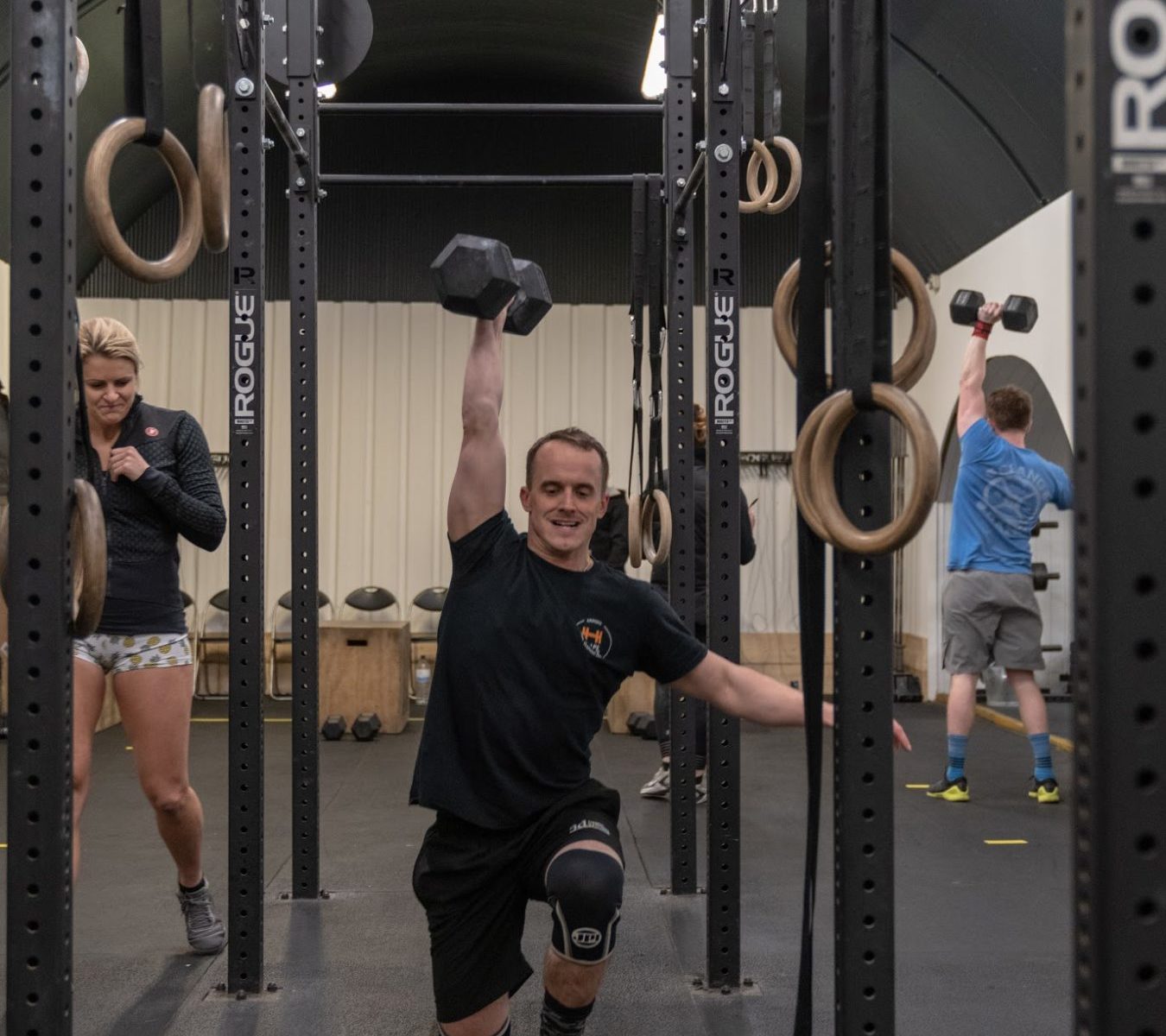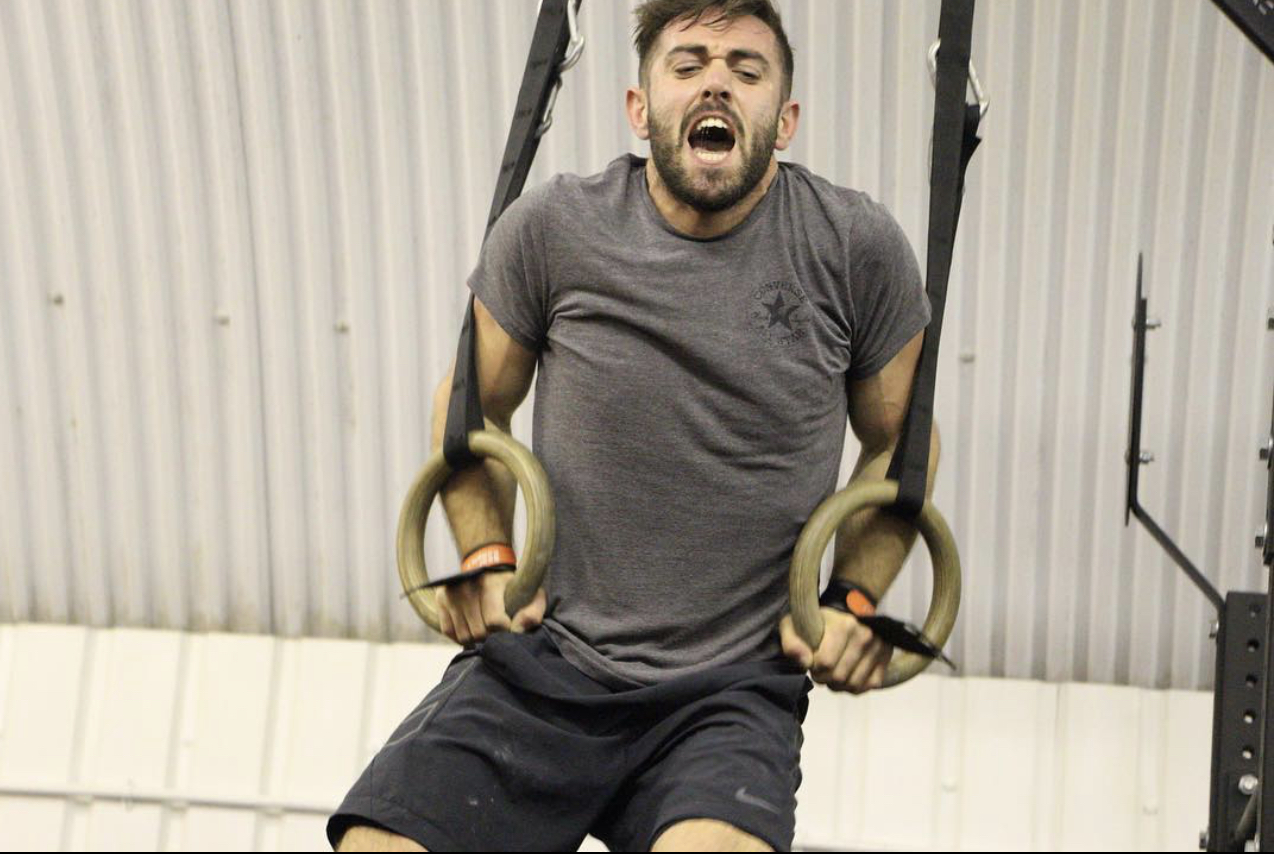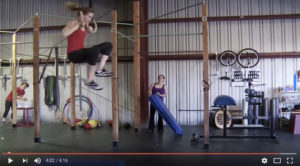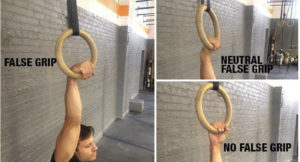CrossFit is a LIFETIME PROGRAM.
If Shapesmiths are running athletes, or allowing athletes to run themselves into the ground, you won’t be here in 6 months time. This is meant to be a lifetime relationship that we are developing with you.
Fitness is typically described by this original ‘What is Fitness article’ and by the Fitness Pyramid shown here
The one thing that it does not consider is mental and psychological fitness. This is why we add a final foundation, below nutrition, CONTEXT.
Context is provided by programming that recognises that as an athlete you have a load of movements to learn, let’s practice some days, let’s compete against the clock a few days and let’s test our resilience once in a while. Context allows you to take the pressure and stress off yourself when in the gym. Sometimes, it’s good just to move and nourish the body after a long stressful day! The programming itself is intended as a MIND over BODY plan. Come in a nourish your brain, socialise, have fun, let off steam, chat and discuss if you like. Shapesmiths is a place where we want you to feel at home!
Programming.
Programming works over multiple 10 day micro-cycles, Monday to Friday (5 days) x 2 weeks. This gives us 10 days, or our 100% in this case. We leave weekends open for organic fluctuation such as team workouts, fun challenges, fundraisers, box ‘throw-downs’, BBQs, track sessions, bike rides, swim days and more…
Prepare for some percentages to be thrown at you below…
How the programming is split up.
P = Practice Days and make up 60% of training days.
B = Benchmark Days and makes up 30% of training days.
R = Resilience Days and makes up 10%
50% of Benchmark days are movements that we are working on as a gym in a particular training cycle.
The other 50% are something we are not practicing. This preserves some of the unknown and unknowable philosophy that CrossFit® is famous for.
The above equalises the training exposure and experience. A particular 12-week cycle is broken down further into a 6-week block. Every so often we repeat lifts and workouts to get a test/retest result, or else how do we know we have improved?
P days look like regular workouts, it’s just Practice and Training is prioritised going into the workout. 80% of these days will be interval based efforts to preserve technique. For example, EMOMs, 3-5mins of work with 2 mins rest x3 etc.
B days prioritise going hard and challenging yourself to beat a previous record.
Furthermore, in each two week block the three competition days feature one phosphogenic, one glycolytic and one oxidative test. In other words, one test that lasts 0-10 seconds (like lifting a 1-3rep max deadlift), one that lasts for up to several minutes (like the workout Fran or Helen) and one that lasts for longer than several minutes, like Barbara.
R days more than anything are opportunities to work on breath and mind control. The idea is simple yet challenging to master: Control your breath and thoughts. Generally, we turn off the clock for these workouts. If you walk away from the workout with a sense that you were able to calm your mind and negative thoughts through breath, then you’re headed in the right direction.
Within our R days we would like you all to practice 4 tools to deal with the adversity of the WOD, in the hope, this crosses over to other areas of our lives.
- Visualisation: Imagining success, with a lift, a set of thrusters, a set of/your first pull up/s. You can do this before class or simply take a moment to do this during class.
- Setting small, achievable goals: This is easy to practice when you see a MT Chipper WOD. Don’t think about the big set of 100 DB squat snatches you have to do, instead break this down into manageable sets of 5-10reps. This success with the little things will add up.
- Breathing: One of the most under trained elements of fitness training and in life. Use the MT sessions to practice controlling the way you breathe, deep slow breathing in through the nose (unless your previous rugby/boxing career has left you with a deviated septum) and out through the mouth to reduce tension. Breathing has a two-way relationship with biochemical, biomechanics and psychophysiological systems of the body. Don’t over look this element.
- Positive self-talk: Assertive positive statements like: ‘I CAN do this’, reminding yourself to ‘stay calm and keep moving forward’ can be game changers. Turn up the positive chatter in your head when times get uncomfortable during a WOD.
What is the program set up to achieve? What are the main aims and goals?
1) There are ten recognized general physical skills within CrossFit®’s definition of fitness. They are cardiovascular/respiratory endurance, stamina, strength, flexibility, power, coordination, agility, balance, and accuracy. The first aim of the program is to make you competent in each of these ten skills.
2) Measurable, Repeatable, Observable. The fact that we use WODify to track your fitness data allows us to quantify, to some extent, the 10 physical skills. Furthermore the CrossFit Open is the major test that we program for at CrossFit Shapesmiths. It brings the worldwide, and local community together. It is a great too to get valuable date and to compare your fitness/work capacity against previous tests and those in your country, Europe and worldwide.
3) Becoming very good at everything and giving the CrossFit® Open a go!
In short by developing the above general physical skills you will become prepared for the unknown and unknowable tasks that may come up or that you may get yourself into.
A quick note on athletic development.
What if you desperately want that elusive muscle up or bodyweight snatch? This is where the context comes in from our coaches. You may hear us say ‘’You’re not there, yet. We have to work the foundational basics to get you there’’ and then we will insert an appropriate scale/modification. We may also reccomend that you get in to our Shapesmiths Gymnastics classes on a Friday night.
What if you want to go hard every session? Well that’s understandable. The high intensity workouts are what we all fell in love with, but at some point if we are not working the basics, something is going to give and we won’t have you as a member.
Getting that balance right is blending science and art. The ability to do so is what we look for in all our coaches here.
The neat thing about this is that it means that all our coaches can coach anyone from general populations to games athletes as no one is above doing the basics otherwise known as ‘doing the common, uncommonly well.’
In Part III we cover Goal Setting, Judging Potential & Modifying workouts. Once again, if you enjoy this or one of the other posts tag a friend from the gym and get the word out there.

